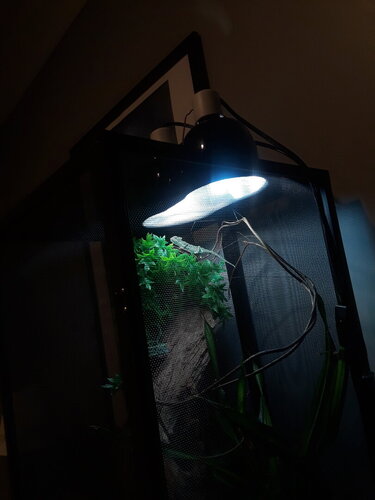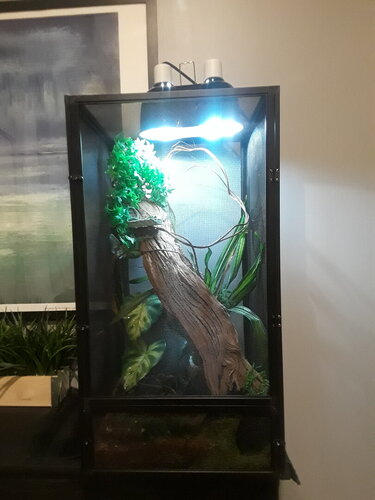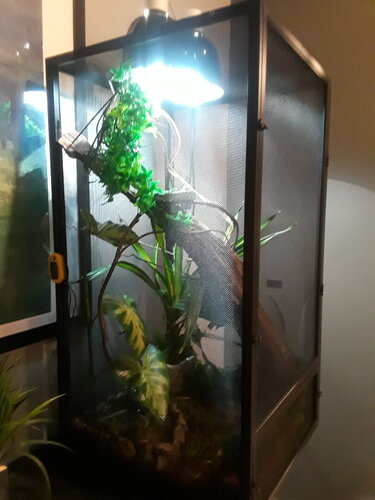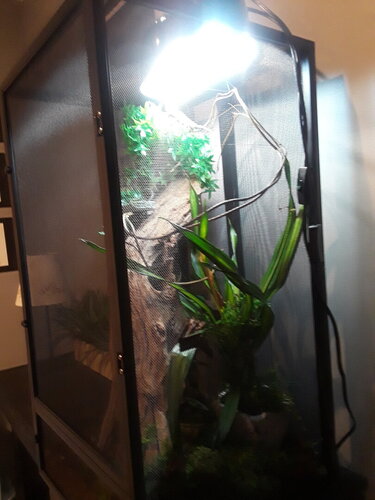Chase77films
New Member
So I just bought a veiled chameleon 4 days ago and I must it 2 times a day and it has a dripper plant in the cage but I have never seen it drink. It is normal colored and acts normal. Is something wrong or am I just missing him drink.










